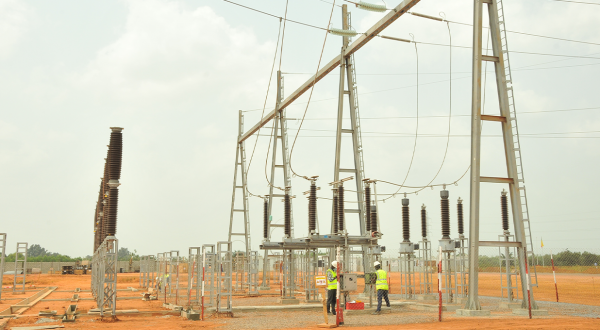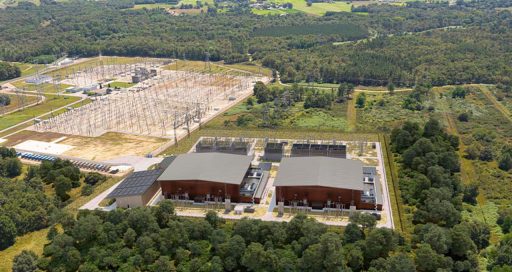How blockchain can help to integrate renewable energies into electricity networks
Reading time: 4 min
In support of energy transition, Enedis and RTE are using blockchain in their project to activate and track renewable energies – an innovative, agile solution to the problem of power grid congestion.
Enedis and RTE are working on a project to activate and track the downward modulation of renewable energies from wind turbines or solar panels.
As production of renewable energies increases, Enedis and RTE, the two EDF subsidiaries responsible for energy network management in France, will face a growing problem: the risk of grid congestion. Electricity produced from renewable energies is intermittent, difficult to manage and decentralised across small production sites.
In addition, operators are now coming up against a contractual obstacle in that most renewable energy is effectively subject to the principle of purchase obligation, whereby electricity must be bought from energy suppliers at a price fixed by the government. There is therefore no incentive for suppliers to reduce production, even when grid congestion occurs.
To resolve this problem requires the construction of new lines (which is expensive and takes time), increased storage capacities (the technologies are evolving but have not all reached maturity) or the ability to modulate production when it creates congestion. The latter option, which does address the problem at source, is particularly compelling given that regulations could eventually change to provide financial incentives for reducing production to match demand.
Improved traceability, confidentiality and speed
On that basis, Enedis and RTE are working on a project named STAR (System for Tracking and Activating Renewables) to activate and track the downward modulation of renewable energies from wind turbines or solar panels.
This will facilitate the integration of renewable energies with greater transparency, traceability, confidentiality and speed in the mechanisms for managing transmission and distribution networks for this type of electricity.
“To scale this up, producers will need to be equipped with smart boxes.”
The idea is to use a so-called “smart contract” based on blockchain to guarantee data authenticity and make it possible to certify and label methods for downward modulation of renewable energies.
This brings the double benefit of identifying and promoting ethical behaviour, and also demonstrating on a large scale blockchain’s contribution to increasing value chain reliability and green electricity labelling at local level.
Certification in 30 minutes
“With the blockchain system, it is possible to certify green energy production in one place and its consumption somewhere else within a very short time frame – around half an hour”, explains Philippe Gay, CEO of Smart Grid energy, the VINCI Energies subsidiary specialising in operational management and value optimisation of energy assets, now working closely with Enedis and RTE.
When grid congestion occurs and regulatory incentives exist for producers to reduce supply, it will thus be possible to certify this flexibility or “non-production” agreement between producer and operator.
Given the large (and growing) number of local renewable energy producers, this approach requires real-time management of a considerable flow of data – hence the need for digital technologies.
“To scale up this type of project, producers will need to be equipped with smart boxes to act as the interface with the operators and enable flexibility according to demand”, says Philippe Gay. All of which offers a prime growth opportunity for Smart Grid Energy.
17/11/2022





